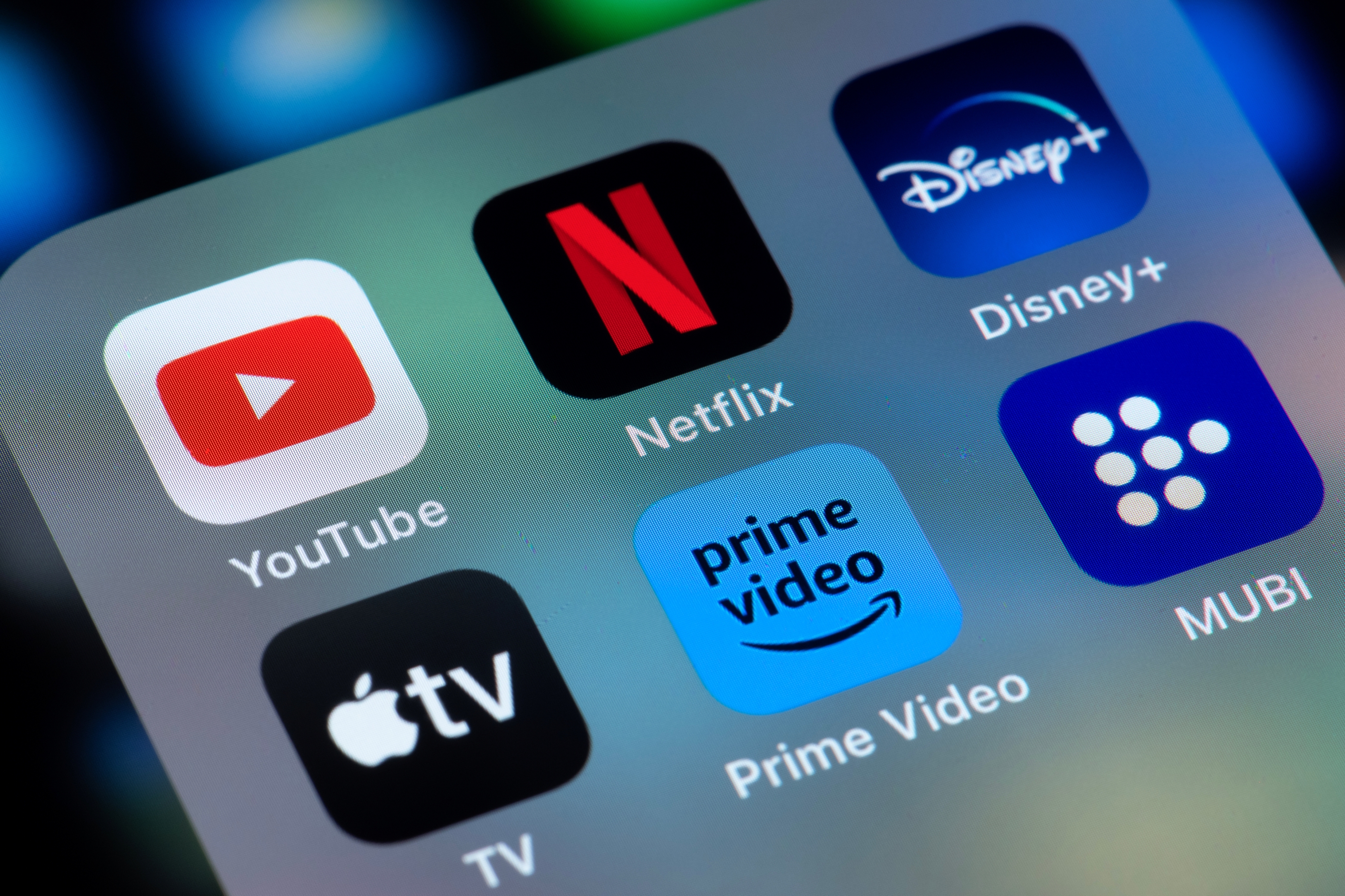Minimum Wage Is Now $20 an Hour for California Fast Food Workers
The new minimum wage took effect on April 1.


Minimum wage for fast food employees in California rose to $20 per hour on Monday, impacting more than half a million workers.
The legislation establishing the new minimum wage – AB 1228 – was passed last September and took effect on April 1, raising the minimum wage by 20% from $16 per hour to $20 per hour. The new wage impacts workers at limited-service restaurants that are part of a national fast food chain with at least 60 establishments nationwide, according to the State of California’s Department of Industrial Relations.
In addition to raising the minimum wage, AB 1228 allows the Fast Food Council, which is part of California’s Department of Industrial Relations, to raise this wage annually and allows it to develop proposals for other working conditions, including health and safety standards, the Office of Governor Gavin Newsom said.

Sign up for Kiplinger’s Free E-Newsletters
Profit and prosper with the best of expert advice on investing, taxes, retirement, personal finance and more - straight to your e-mail.
Profit and prosper with the best of expert advice - straight to your e-mail.
“California is home to more than 500,000 fast-food workers who – for decades – have been fighting for higher wages and better working conditions,” Newsom said in a September 2023 statement. “Today, we take one step closer to fairer wages, safer and healthier working conditions, and better training by giving hardworking fast-food workers a stronger voice and seat at the table.”
With the new minimum wage, if, for example, someone is working 20 hours per week, they would make $400 per week, pre-tax, or $20,800 for a full 52 weeks. Working a full, consistent 40 hours per week would mean making, pre-tax, under $45,000 a year.
But a federal minimum wage hike is unlikely
While some states have taken action to raise their minimum wage, the federal minimum wage has sat at $7.25 per hour since 2009.
Sen. Bernie Sanders introduced legislation in July 2023 that would raise the federal minimum wage to $17 by 2028 and benefit nearly 28 million workers.
“The $7.25 an hour federal minimum wage is a starvation wage. It must be raised to a living wage – at least $17 an hour,” Sanders said in a statement. “In the year 2023 a job should lift you out of poverty, not keep you in it. At a time of massive income and wealth inequality and record-breaking corporate profits, we can no longer tolerate millions of workers being unable to feed their families because they are working for totally inadequate wages. Congress can no longer ignore the needs of the working class of this country. The time to act is now.”
However, there has been limited momentum on a federal minimum wage, making it an unlikely case in the immediate future.
Related Content
Get Kiplinger Today newsletter — free
Profit and prosper with the best of Kiplinger's advice on investing, taxes, retirement, personal finance and much more. Delivered daily. Enter your email in the box and click Sign Me Up.

Joey Solitro is a freelance financial journalist at Kiplinger with more than a decade of experience. A longtime equity analyst, Joey has covered a range of industries for media outlets including The Motley Fool, Seeking Alpha, Market Realist, and TipRanks. Joey holds a bachelor's degree in business administration.
-
 6 Stunning Waterfront Homes for Sale Around the US
6 Stunning Waterfront Homes for Sale Around the USFrom private peninsulas to lakes, bayous and beyond, Kiplinger's "Listed" series brings you another selection of dream homes for sale on the waterfront.
By Charlotte Gorbold Published
-
 Six Reasons to Disinherit Someone and How to Do It
Six Reasons to Disinherit Someone and How to Do ItWhether you're navigating a second marriage, dealing with an estranged relative or leaving your assets to charity, there are reasons to disinherit someone. Here's how.
By Donna LeValley Published
-
 How to Get Apple TV Plus for just $2.99
How to Get Apple TV Plus for just $2.99For a limited time, you can get three months of Apple TV Plus for just $2.99 per month. Here’s how to get the deal.
By Rachael Green Published
-
 Don’t Panic About the “Retail Blackout” – See Which Stores Are Closing (and Which Aren’t) for Easter 2025
Don’t Panic About the “Retail Blackout” – See Which Stores Are Closing (and Which Aren’t) for Easter 2025Dozens of major retailers are planning to close their doors on April 20. Find out which of your go-to stores are on the list.
By Rachael Green Published
-
 Home Insurance: How to Cut Costs Without Losing Coverage
Home Insurance: How to Cut Costs Without Losing CoverageNatural disasters are causing home insurance premiums to soar, but don't risk dropping your coverage completely when there are ways to keep costs down.
By Jared Elson, Investment Adviser Published
-
 Why Homeowners Insurance Has Gotten So Very Expensive
Why Homeowners Insurance Has Gotten So Very ExpensiveThe home insurance industry is seeing more frequent and bigger claims because of weather, wildfires and other natural disasters.
By Karl Susman, CPCU, LUTCF, CIC, CSFP, CFS, CPIA, AAI-M, PLCS Published
-
 Zelle App Shut Down? Why Zelle Has Discontinued Its App
Zelle App Shut Down? Why Zelle Has Discontinued Its AppWith the Zelle app shut down, learn how you can still use Zelle and which other mobile payment apps you might want to consider.
By Paige Cerulli Published
-
 How to Lower Home Insurance Rates When Climate Change Increases Costs
How to Lower Home Insurance Rates When Climate Change Increases CostsA top insurer warns the damage climate change causes is making it cost-prohibitive for insurers in some areas. Learn how to protect your home and lower costs.
By Sean Jackson Published
-
 Use This 1-Year CD if You’ll Owe Taxes Next Year
Use This 1-Year CD if You’ll Owe Taxes Next YearA one-year CD allows you to set money aside now for taxes you'll owe next year. We'll show our best choice.
By Sean Jackson Published
-
 Stick to the Plan: Don't Panic During Economic Uncertainty
Stick to the Plan: Don't Panic During Economic UncertaintyTake a breath and step back. Focus on a solid fiscal foundation to stabilize your investments during stock market volatility.
By Eric Lahaie, CFS®, RICP® Published